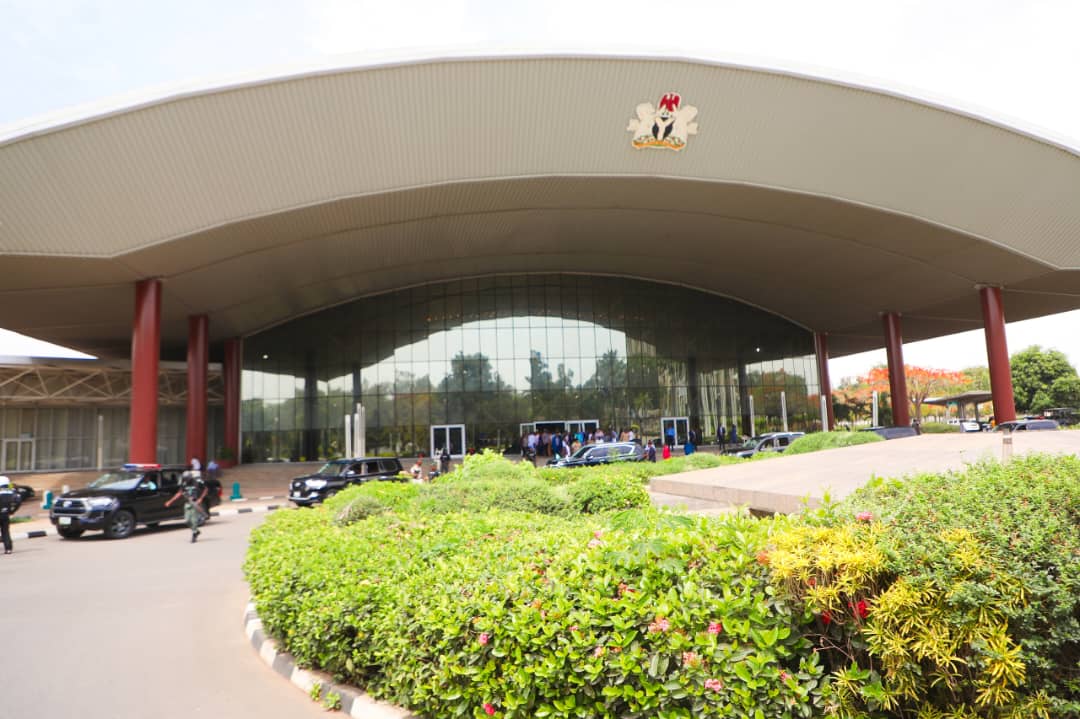The Nigerian government’s decision to allocate ₦39 billion for the ongoing renovation of the Abuja International Conference Centre (ICC) has sparked scrutiny from public finance analysts, with estimates indicating that the same amount could finance the construction of 312 primary healthcare centres or 1,200 school classrooms nationwide.
The rehabilitation project, managed by construction firm Julius Berger, is reportedly 70–80% complete and forms part of preparations for the upcoming presidential inauguration. While the upgrade is aimed at modernizing Nigeria’s premier event facility and reinforcing Abuja’s image as a diplomatic and business hub, the scale of investment is being measured against urgent national needs in basic service delivery.
According to sectoral cost assessments, the average expenditure for a standard primary healthcare centre is about ₦120 million, while a fully equipped classroom is estimated at ₦32.5 million. This implies that the ICC’s renovation budget could alternatively be deployed to expand healthcare access across rural communities or reduce classroom congestion in public schools.
The investment also raises questions about Nigeria’s budget priorities amid constrained public revenues and widespread infrastructure deficits. In the 2025 national budget, allocations to health infrastructure stand at ₦402 billion, while ₦282.6 billion is earmarked for the Basic Health Care Provision Fund. The ICC’s budget alone accounts for nearly 10% of the total health infrastructure envelope, underscoring the opportunity cost of capital-intensive urban projects.
Although proponents argue that a modern ICC can attract international conferences, tourism, and economic activity, fiscal analysts caution that investments in human capital infrastructure may yield more inclusive and sustainable long-term returns.
The debate reflects growing calls for efficiency and accountability in Nigeria’s capital expenditure planning, especially as the country seeks to balance development ambitions with rising debt obligations and competing sectoral demands.

